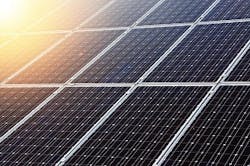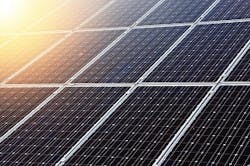As the solar industry has grown and become a relatively popular power source, monitoring the life of solar panels in the field has become more important. The solar cells within these panels can experience damage from environmental factors and UV exposure, which means that they need to be monitored to ensure they’re in full working order or need to be scheduled for maintenance to avoid unscheduled downtime.
To develop a cost-effective and time-efficient method for monitoring solar panels in the field, Parveen Bhola, a research scholar at India’s Thapar Institute of Engineering and Technology, and Saurabh Bhardwaj, an associate professor at the same institution, have developed statistical and machine-learning alternatives that allow real-time inspection.
In their research, which was recently published in the Journal of Renewable and Sustainable Energy with the title “Clustering-based computation of degradation rate for photovoltaic systems,” they implement clustering-based computation using past meteorological data to compute performance ratios and degradation rates.
The researchers say the method is advantageous because it improves the efficiency of the inspection process using a performance ratio, which is based on meteorological parameters including temperature, pressure, wind speed, humidity, sunshine hours, solar power and the day of the year ─ all parameters that can be remotely acquired, measured and assessed.
“The majority of techniques available calculate the degradation of PV (photovoltaic) systems by physical inspection on site. This process is time-consuming, costly and cannot be used for real-time analysis of degradation. The proposed model estimates the degradation in terms of performance ratio in real time,” Bhola said in a statement.
Earlier, the researchers worked to develop a model to estimate solar radiation using a combination of the Hidden Markov Model to model randomly changing systems with unobserved states, and the Generalized Fuzzy Model, which uses imprecise information in its modeling process.
The researchers say that their new model could also improve solar power forecasting models.
“As a result of real-time estimation, the preventive action can be taken instantly if the output is not per the expected value. This information is helpful to fine-tune the solar power forecasting models. So, the output power can be forecasted with increased accuracy,” Bhola said in a statement.
About the Author
Amanda Del Buono
Amanda Del Buono

Leaders relevant to this article:

